Although this picture may not wow you with its color artistry, all I can tell you, bottom line, it’s ultimately a creamy, smooth, oozing risotto, filled with umami flavors. I served it with salmon, but it could be a meal unto itself.
Below you will find this recipe in two versions – one made on the stovetop, which is what most people will do – and another revised slightly for the Breville risotto cooker that I used. This recipe is one I’ve made for at least 3 decades, and was my first introduction to risotto, way back in the early 1980s. I can’t say that I’ve made it more than a dozen times, just because risotto is so high in carbs and it (used to) require so MUCH standing at the stove, stirring and stirring.
At the time, I had attended a cooking class at a then-popular cooking school called Ma Cuisine, and Tarla Fallgatter taught the class, and made risotto as well as osso buco (a recipe I’ve never posted, and suppose I should!). I’d read about risotto, never had it, and merely said to myself “no way” would I stand in front of the stove for 30-45 minutes, stirring and adding broth until it was just done. Arborio rice was very, very hard to find back then – only one upscale market carried it and at a very hefty price. Champagne, then, was a splurge, and to think of using it in rice was almost over-the-top. But when the class was served the results – oh my gosh, it was just SO good. I became a convert, and made this many times, usually when someone was visiting, who would help with the stirring. Our friend Russ was a frequent visitor for dinner then, and he was a willing helper, being the one to get a spa facial as he stood over the big frying pan stirring.
Jump forward to 2014. My DH bought me for Christmas (at my suggestion) the Breville BRC600XL The Risotto Plus Sautéing Slow Rice Cooker and Steamer. A splurge, for sure, for a device to make risotto, but I’ve used it to make rice (just regular stuff) and I’ve used it as a slow cooker too to make a bean soup (it has a slow cooker low and high function). It also has a sauté function which means you can cook the onions or leeks or shallots or whatever, in the same pan without dirtying up more dishes.
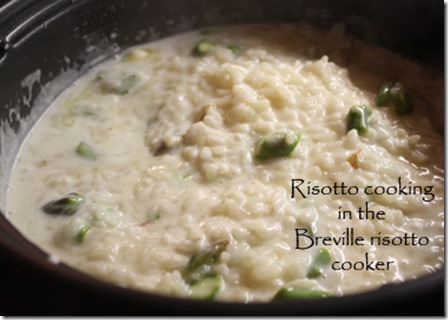 To make this risotto in the Breville risotto cooker I did all the same steps, really, except I reduced the amount of broth I added – although I ended up adding almost all of it by the time it was served. What I didn’t want was too-soupy risotto and having not made this in the Breville before, I was hesitant to add it all at once. It’s easy enough to ADD more fluid. Not possible to remove any! I don’t use expensive champagne or sparkling wine – just something drinkable, and certainly not a bottle worth $1.99 either. Usually I use Prosecco (because we usually have some on hand and it’s very inexpensive). You want a dry taste, though, not something sweet. Some Proseccos would be too sweet – so watch that.
To make this risotto in the Breville risotto cooker I did all the same steps, really, except I reduced the amount of broth I added – although I ended up adding almost all of it by the time it was served. What I didn’t want was too-soupy risotto and having not made this in the Breville before, I was hesitant to add it all at once. It’s easy enough to ADD more fluid. Not possible to remove any! I don’t use expensive champagne or sparkling wine – just something drinkable, and certainly not a bottle worth $1.99 either. Usually I use Prosecco (because we usually have some on hand and it’s very inexpensive). You want a dry taste, though, not something sweet. Some Proseccos would be too sweet – so watch that.
When the Risotto Cooker is in the cooking process (on the Risotto setting) it boils furiously. In fact, it boils so fast I wonder each time if it’s not going to be ruined. But it isn’t. Certainly it boils at a full rolling boil – a much higher heat than you’d use if you were making it the traditional way. And yet, when it’s done, well, it’s just absolutely PERFECT. The asparagus was partially pre-cooked, so I added it into the risotto about 2/3 of the way through its 30-minute cooking. Next time I’d cook the asparagus completely and add it in at the very end, just long enough to heat it through. As soon as the risotto cooker gives a warning, it switches to low and that’s when I added the little bit of cream, butter, and Parmesan. (You don’t know how long it’s going to cook – there isn’t a timer to view, but you can estimate 30 minutes.) Every time I’ve made risotto in this, it’s been at that perfection stage immediately when it dings – and I wish I’d been absolutely ready to serve up plates. It took me another 5 minutes or so to toss the green salad with Garlic VIP Dressing, dish up the garlic green beans and finish the sauce for the Salmon with Orange and Leeks that I served with it. I added about another 1/3 cup of hot broth to the risotto to get it back to that almost soupy texture and dinner was served.
This could easily be an entrée unto itself, if you choose to; I made it to accompany a meal. I made it to serve 8, but since we served buffet style, people didn’t take as much risotto as I’d anticipated, so we still have at least another 4 or more servings left over. I may make risotto cakes out of them. Once cooled, the rice is fairly thick and the creaminess has totally disappeared. To reheat, you’ll need to add more broth to thin it out. It certainly won’t be as good as the first round, but it’s actually okay for a family meal.
What’s GOOD: what’s there not to like about risotto? It was delicious, as it’s been every time I’ve ever made this. You’ll enjoy the asparagus in it and probably won’t be able to identify any other flavors except the Parmesan cheese. If you serve this to risotto fans, I guarantee they’ll like it. By making it in my Breville Risotto Cooker, I was able to work on other last-minute things.
What’s NOT: really nothing. Not exactly healthy, though – there is butter and cream in this, albeit, not a lot. If you make it the traditional way, have someone else help do the stirring and adding of the broth. It’s not difficult work to do, but requires someone to be there all the time, hovering.
printer-friendly CutePDF for traditional method
Files: MasterCook 5+ and MasterCook 14 (click link to open in MC)
* Exported from MasterCook *
Champagne and Asparagus Risotto
Recipe By: Tarla Fallgatter, cooking instructor
Serving Size: 8-10
1 pound asparagus — lower stems removed
1/2 cup onion — finely minced
4 ounces unsalted butter
2 cups Arborio rice
1 cup champagne — (yes, really)
6 cups low-sodium chicken broth
1 cup Parmigiano-Reggiano cheese — grated
3 tablespoons heavy cream
1 tablespoon unsalted butter — softened
Salt and freshly ground black pepper to taste
NOTES: As a side dish this will serve about 8-10 people. If making as a main dish, it will serve about 5.
1. Remove tough stems from asparagus and discard. Remove tips from asparagus and set those aside. Cut remaining asparagus stems into small pieces and cook in chicken broth for a few minutes, until they are still slightly undercooked, adding the asparagus tips during the last minute of cooking. Drain and set aside.
2. In a large, heavy pan saute the onion in butter until soft. Add the rice and stir until well coated with the butter. Add the champagne (it’s okay if it’s a day or two old and lost its fizz) and simmer, stirring, until the champagne has evaporated.
3. Meanwhile, bring the chicken stock to a simmer in another pan. With a ladle, add about a cup of stock to the rice and stir constantly until most of the liquid is absorbed. Add another cup of broth, and continue adding another cup, cooking and stirring very often until it’s absorbed. Begin tasting the rice after you have added 5 cups. Stir in the asparagus, cheese, cream and softened butter. You want it to be just barely oozing on the plate – soft, but not runny. You can add more broth as needed to get that consistency. Season with salt and pepper to taste. Serve immediately!
Per Serving: 325 Calories; 16g Fat (43.2% calories from fat); 13g Protein; 34g Carbohydrate; 1g Dietary Fiber; 40mg Cholesterol; 183mg Sodium.
printer-friendly CutePDF for Breville Cooker
Files for Breville Cooker: MasterCook 5+ and MasterCook 14 (click link to open in MC)
* Exported from MasterCook *
Champagne and Asparagus Risotto in the Breville Risotto Cooker
Recipe By: Tarla Fallgatter, cooking instructor, from a class in the 1980s
Serving Size: 8-10
1 pound asparagus — lower stems removed
1/2 cup onion — finely minced
4 ounces unsalted butter
2 cups Arborio rice
1 cup champagne — (yes, really)
6 cups low-sodium chicken broth
1 cup Parmigiano-Reggiano cheese — grated
3 tablespoons heavy cream
1 tablespoon unsalted butter — softened
Salt and freshly ground black pepper to taste
NOTES: As a side dish this will serve about 8-10 people. If making as a main dish, it will serve about 5.
1. Remove tough stems from asparagus and discard. Remove tips from asparagus and set those aside. Cut remaining asparagus stems into small pieces. Start risotto cooker on the Saute function, add a bit of broth and cook until the asparagus is nearly cooked. Add the asparagus tips and continue cooking until they’re just barely done. Pour out into a dish and set aside. Drain off any excess broth.
2. Heat risotto cooker on Saute and add butter, then the onion. Cook until the onion is fully translucent and cooked through. (May be prepared ahead an hour or so to this point.) While still in the saute function, add the rice and stir until well coated with the butter. Add the champagne (it’s okay if it’s a day or two old and lost its fizz) and simmer, stirring, until the champagne has evaporated.
3. Meanwhile, heat the chicken stock to a simmer in the microwave or another pan. Pour in about 5 cups of the broth. Continue on the saute setting until the broth has started to bubble around the edges. Change setting to Risotto, put lid on. Stir the risotto once or twice during the next 25 minutes. If the risotto is too dry, add more hot broth.
4. When the bell rings on the risotto cooker the risotto should be very creamy, almost like thick soup. Stir in the asparagus, cheese, cream and softened butter. You want it to be just barely oozing on the plate – soft, but not runny. You can add more broth as needed to get that consistency. Season with salt and pepper to taste. Serve immediately! If you must allow the risotto to sit for a few minutes, you may need to add a bit of hot tap water to thin it out.
Per Serving: 325 Calories; 16g Fat (43.2% calories from fat); 13g Protein; 34g Carbohydrate; 1g Dietary Fiber; 40mg Cholesterol; 183mg Sodium.





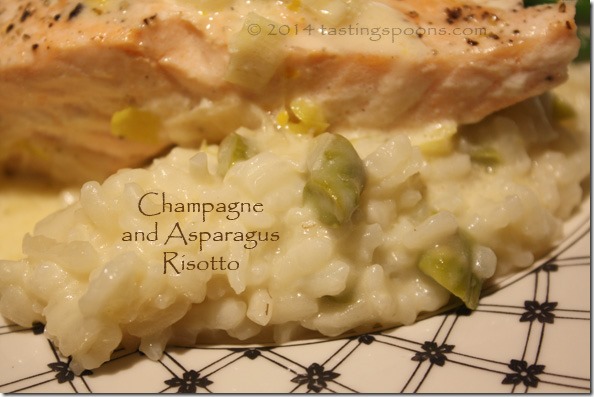

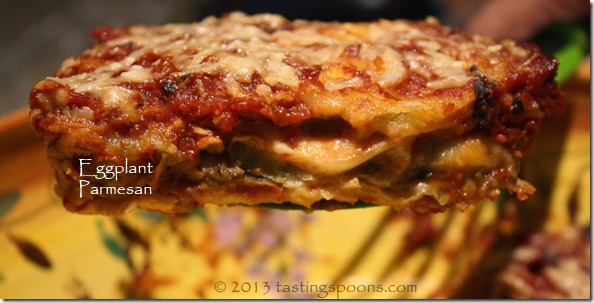
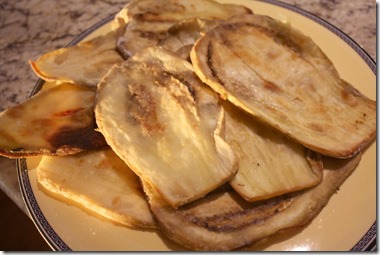
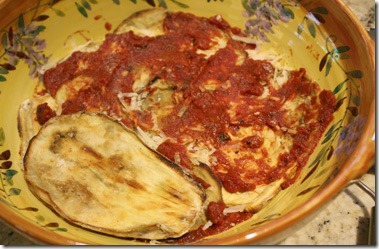
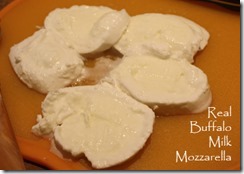
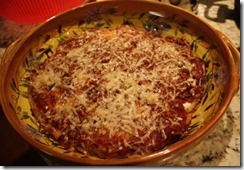
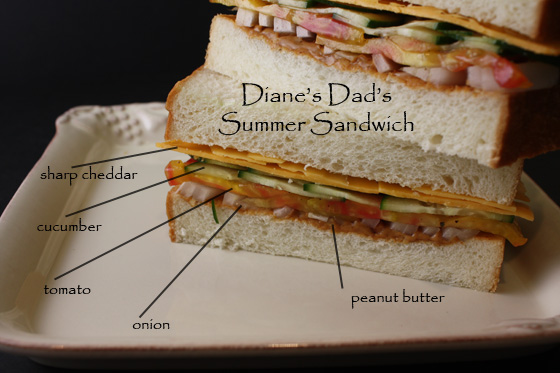
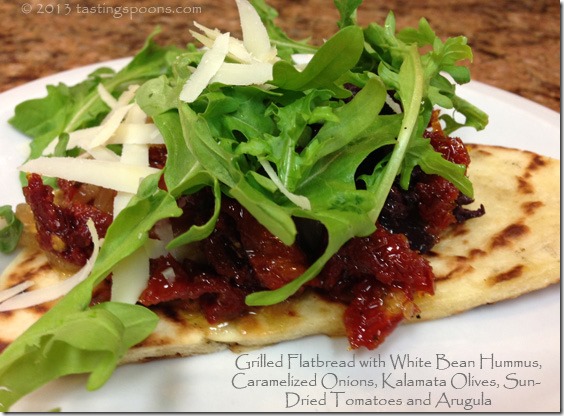
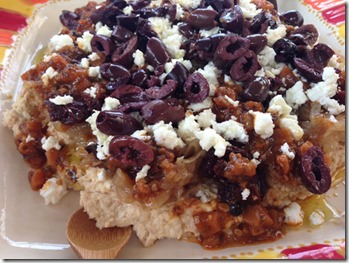
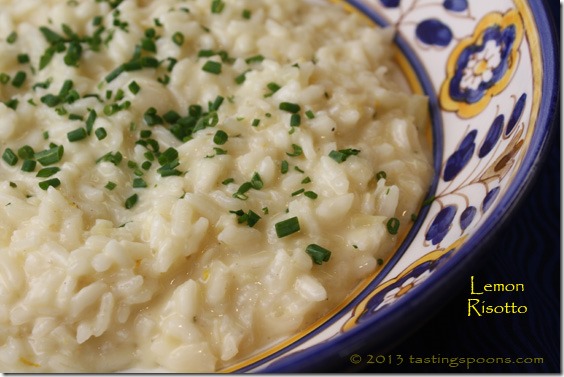
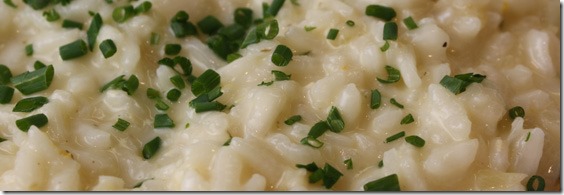
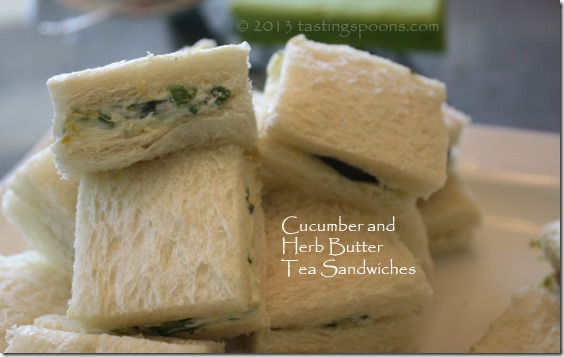
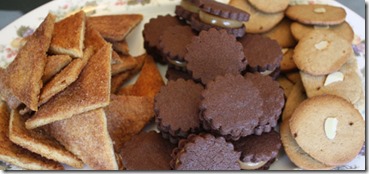
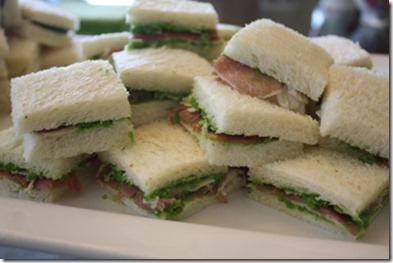
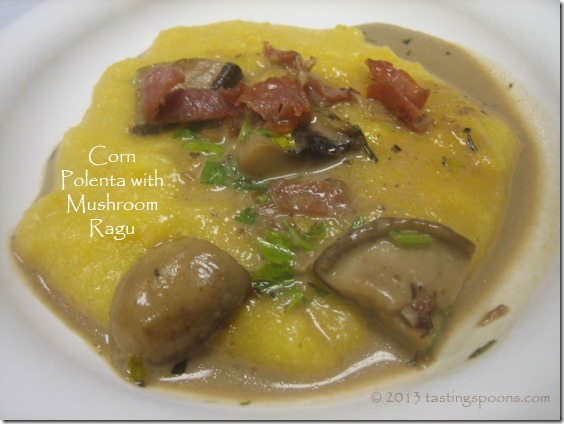
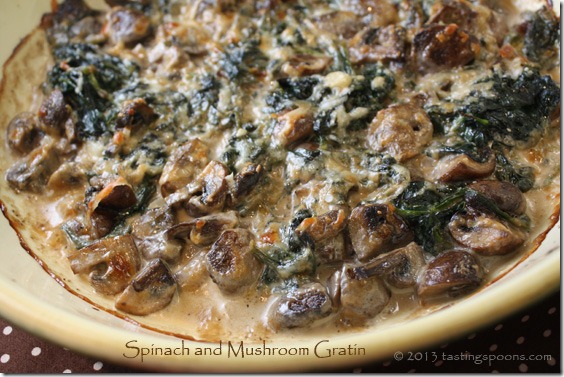
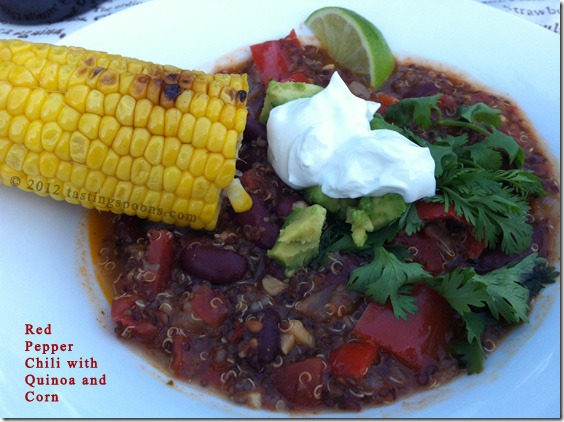
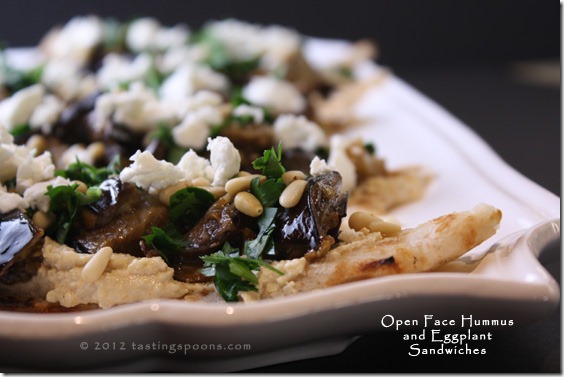
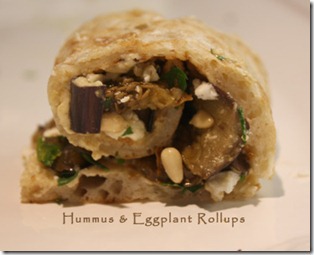
Leave a Comment!